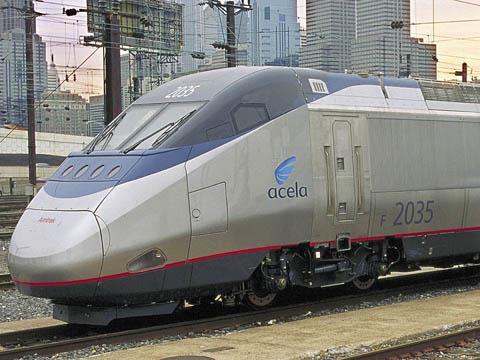
USA: On December 15 the federal Department of Transportation invited statements of interest from the private sector for the design, finance, construction, operation and maintenance of high speed rail services in 11 inter-city corridors, beginning with the route between New York City and Washington DC.
The programme, which will include government support, forms part of the composite railroad safety bill passed last October which includes a five-year funding package for Amtrak. The funding package received support from Republican legislators in Congress in exchange for inclusion of the PPP provision.
The 11 designated routes are:
- Northeast Corridor;
- California Corridor;
- Empire Corridor;
- Pacific Northwest Corridor;
- South Central Corridor;
- Gulf Coast Corridor;
- Chicago Hub Network;
- Florida Corridor;
- Keystone Corridor;
- Northern New England Corridor;
- Southeast Corridor.
Development of a high speed line between New York and Washington DC line is expected to cost between $18bn and $40bn, but could cut the fastest timings on the route from 3 h to 2 h. During a news conference at Manhattan Penn Station, Secretary of Transportation Mary E Peters, New York Mayor Michael R Bloomberg and several members of Congress who support passenger rail extolled the virtues of the plan but none of them addressed the issue of where the private sector money would come from.
‘If the US is to remain ‘economically competitive, we must develop high speed transportation service for our great cities, just as other countries are doing for theirs’, said Bloomberg. ‘A high speed train serving the Northeast Corridor is the kind of far-sighted project that we need.’
However, the current economic climate does not bodes well for the current proposals; forecasting revenue and profit levels after a lengthy construction period would be extremely difficult. Every previous high speed rail project in the USA dependent upon non-government investment has failed to take off.




















